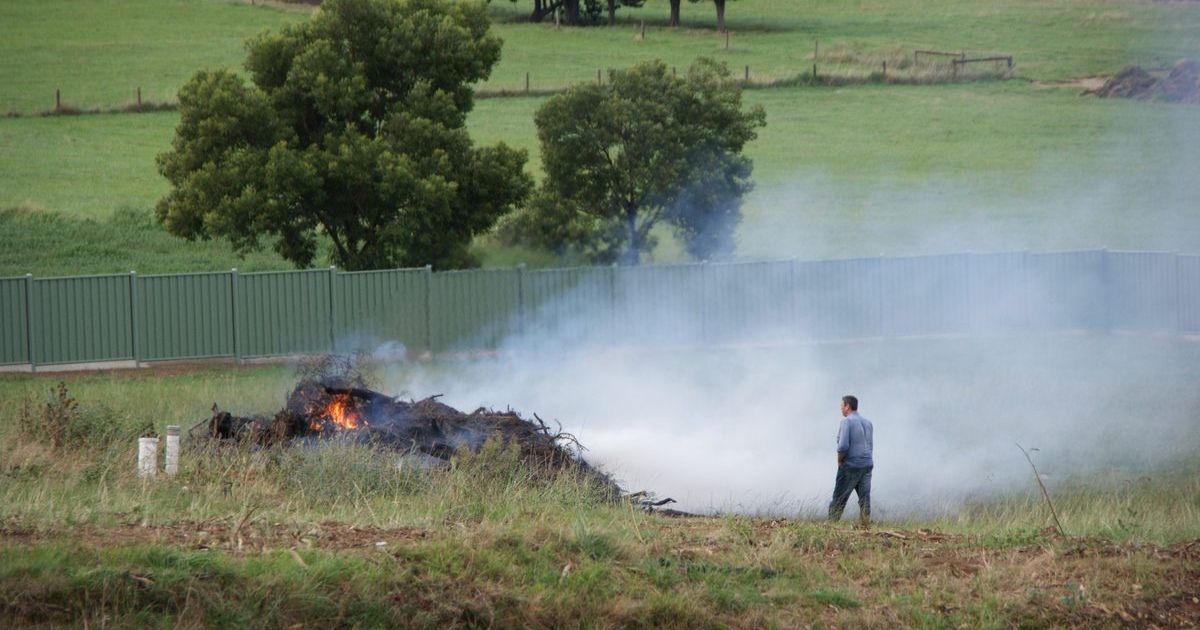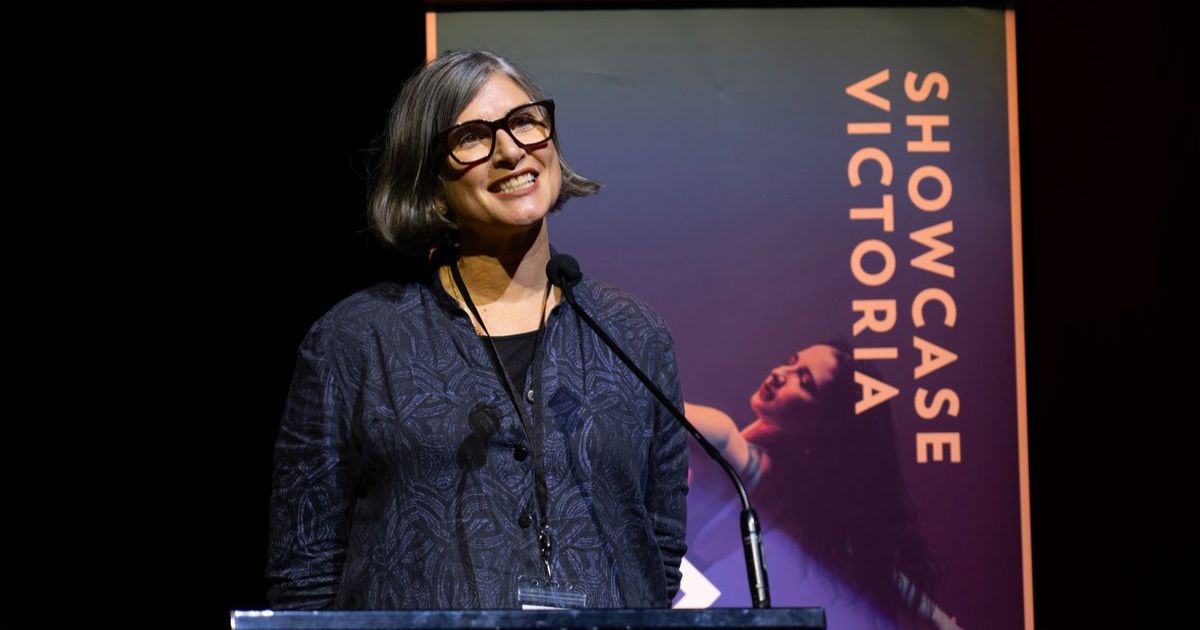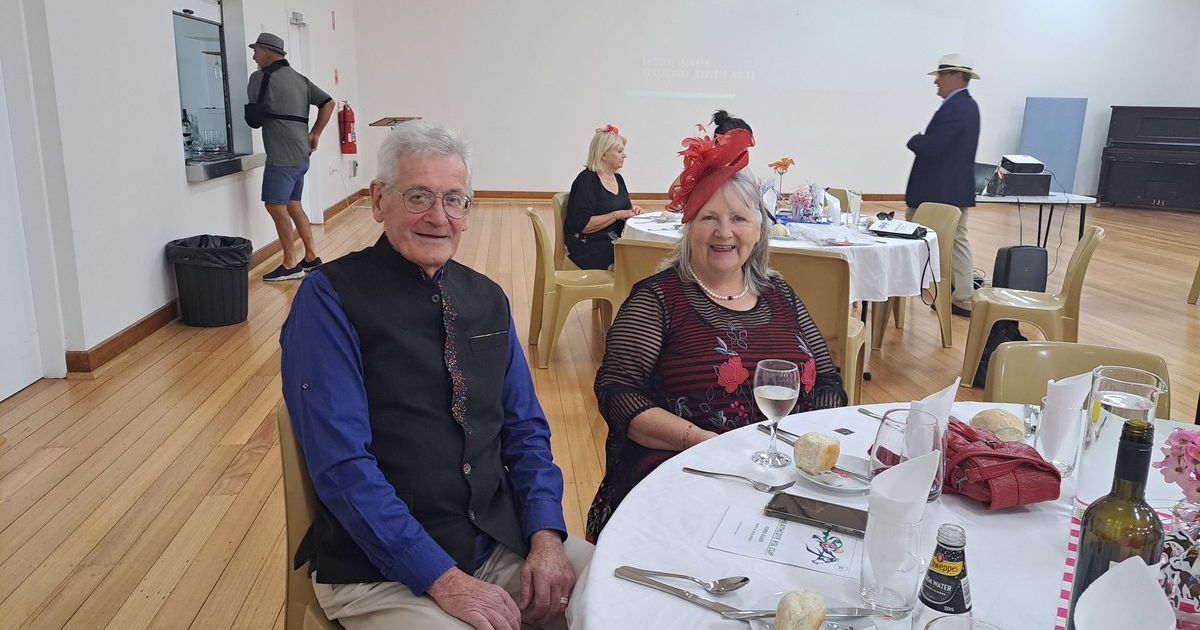Historic first flight by local inventor
IN 1910, the windswept paddocks of the Spring Plains pastoral run near Mia Mia, south west of Heathcote, were the site of the first ever flight by an Australian made and designed aeroplane.
What made this event particularly remarkable was that the plane’s designer, John Robertson Duigan, had achieved this milestone after tinkering in a farm shed with his brother Reginald and without any known contact with other aviation pioneers.
Duigan was born in Terang, Victoria, in 1882, to bank manager and grazier John Charles Duigan and his wife Jane.
He was educated at Brighton Grammar School, matriculating in 1899.
In 1902 he left for England where he studied electrical engineering, motor engineering and driving, and was then employed by the Wakefield and District Light Railway in Yorkshire.
He returned to Australia in 1908 and, after a brief stint with an electrical engineering firm in Melbourne, he went to live on the family property, Spring Plains station, where he began experimenting in aviation.
By September 1909 he was working on an aircraft of his own design.
The engine was built by JE Tilley in Melbourne, but everything else was made and assembled at Spring Plains.
On 16 July 1910, Duigan “flew” seven metres, but by early October this had increased to about 183 metres.
In May 1911 John and Reginald hosted a flying exhibition at Bendigo racecourse and the McIvor Times featured a report chronicling the momentous event.
“Several hundreds of citizens assembled at the racecourse and paid their admission money at the gate, while as many more took advantage of the hills and the adjacent railway embankment,” it said.
The careful preparations for flight were detailed and Duigan took off just after 3.30pm.
“The aeroplane responded beautifully, and after running along the ground on the rubber-tyred wheels for about 100 yards, it soared to a height of about 15 ft,” the paper reported.
“Mr Duigan guided the machine with the wind, and when he brought it to earth again he had reached the north-west end of the flat.
“The aviator was loudly applauded for his satisfactory effort.
“He then flew against the wind, soaring into the air, and, after alighting on the ground, rising again to a fair height.
“The third effort proved to be Mr Duigan’s record.
“Starting from the south-eastern corner, the machine ran along about 125 yards, and then lifted gracefully to a height of at least 20ft.
“Mr Duigan swept through the air at great speed, and the machine reached at one stage an altitude of between 60 and 80ft.
“The aviator found his machine working so beautifully that it kept on rising until near the end of his course.
“He then shut off the engine, and in order to bring the aeroplane to earth inside the arena, he had to turn it across to the east.”

Duigan obtained a flying licence from the International Aeronautical Federation in England in April 1912 and then returned to Australia to continue his interest in aircraft design and construction.
He was commissioned as a lieutenant in No 2 Squadron, Australian Flying Corps, in March 1916, less than 12 months after Australian pilots joined the allied First World War effort.
After further training in England, he was promoted to captain and confirmed as a flight commander in August 1917.
He was awarded the Military Cross for gallantry in action on 9 May 1918 when his aircraft came under fire from four German planes over Villiers-Bretonneux.
Despite being severely wounded, he shot down one of his attackers and landed safely.
After the war he returned to Australian and worked privately as an engineer.
He was employed in the quality control branch of the Royal Australian Airforce from 1941 until the end of the Second World War.
The first flight memorial at Mia Mia, commemorating his pioneering aviation achievements, was unveiled on 28 May 1960 by Air Marshall Sir Richard Williams.


















